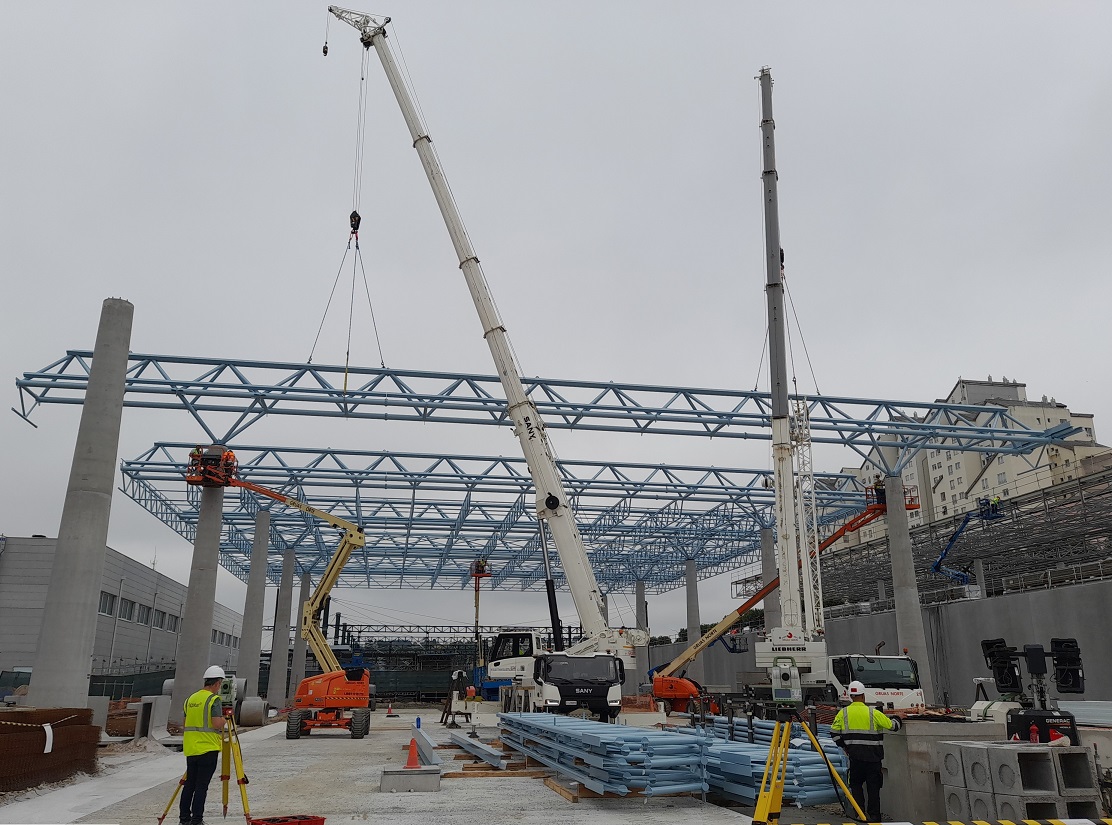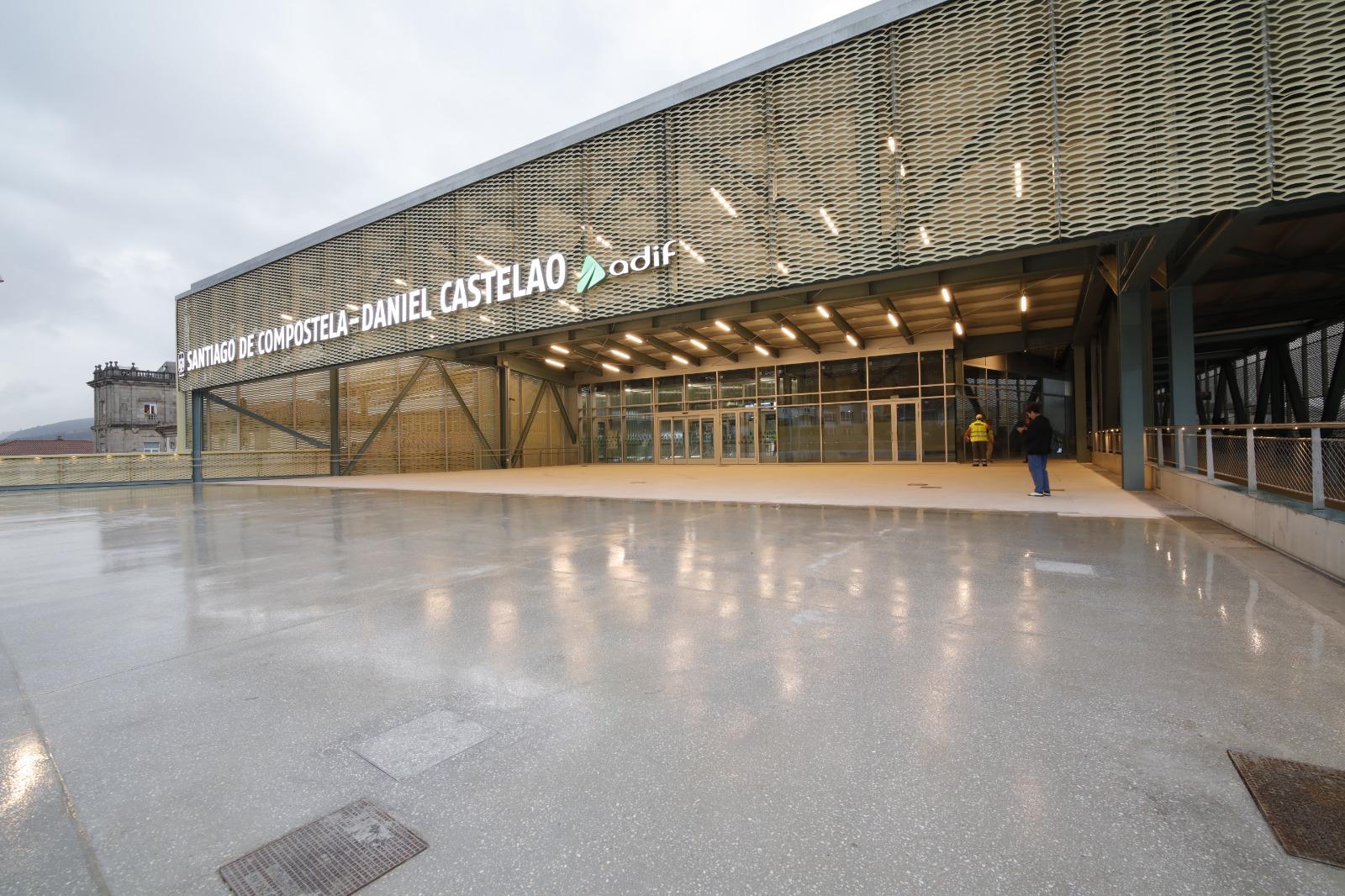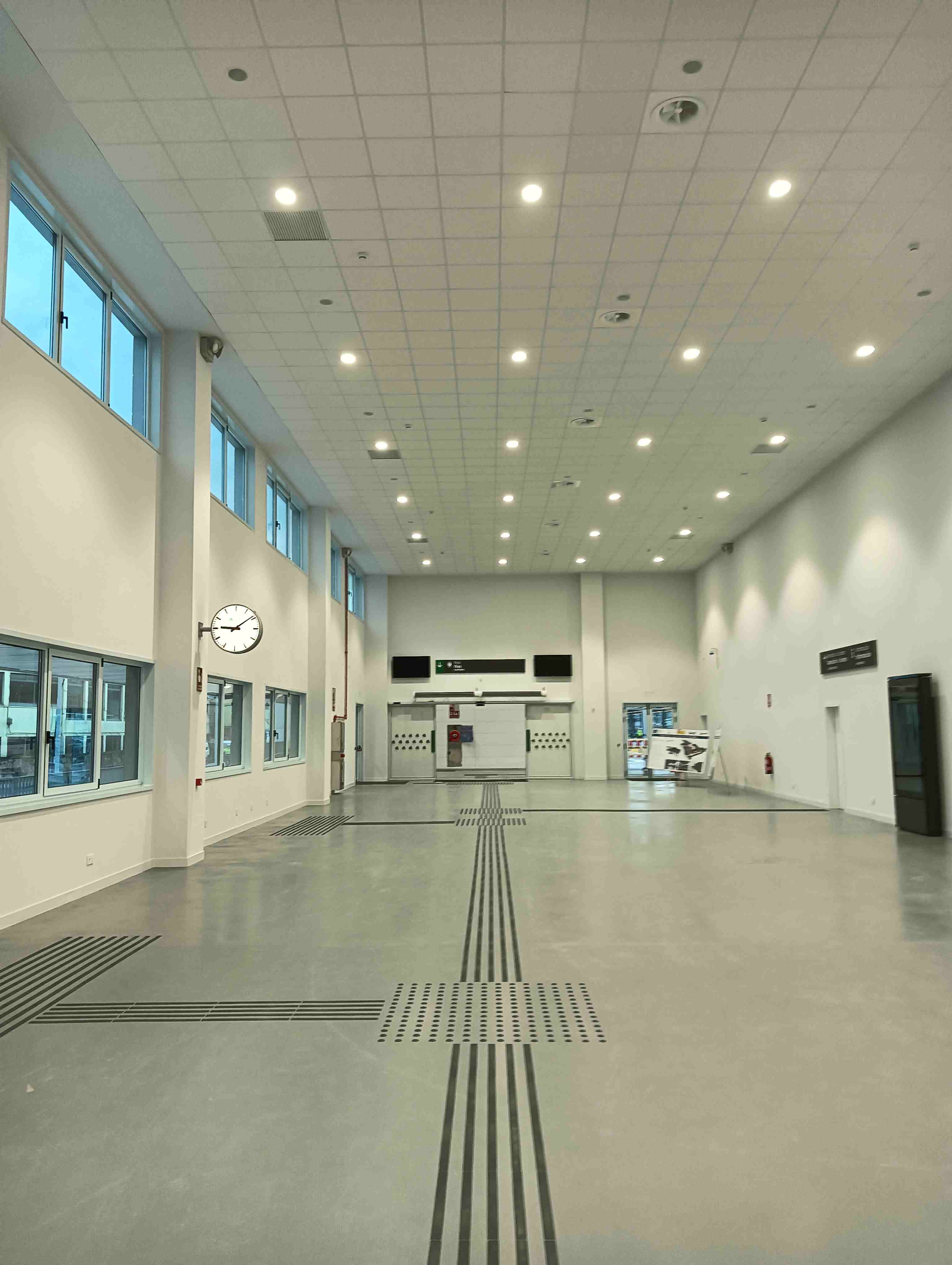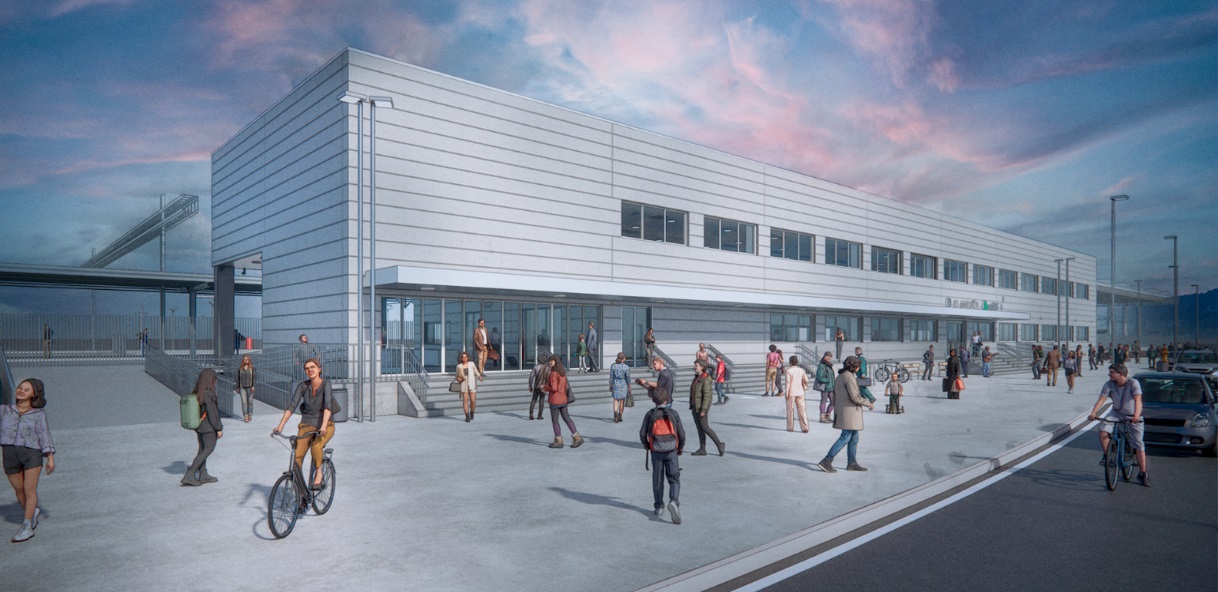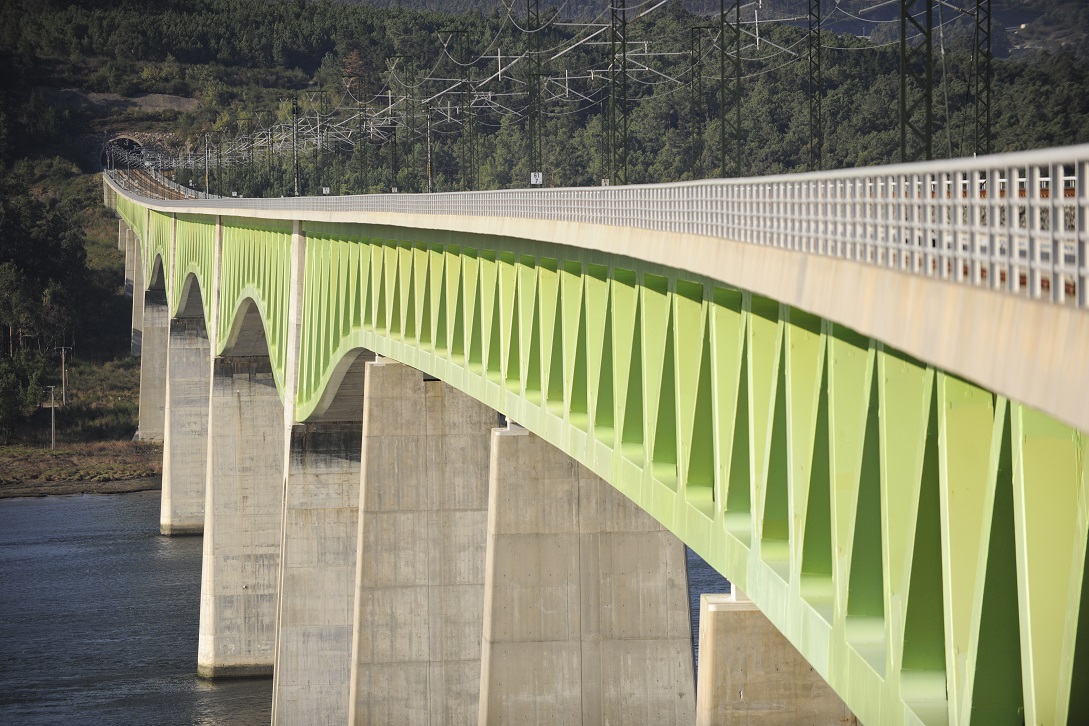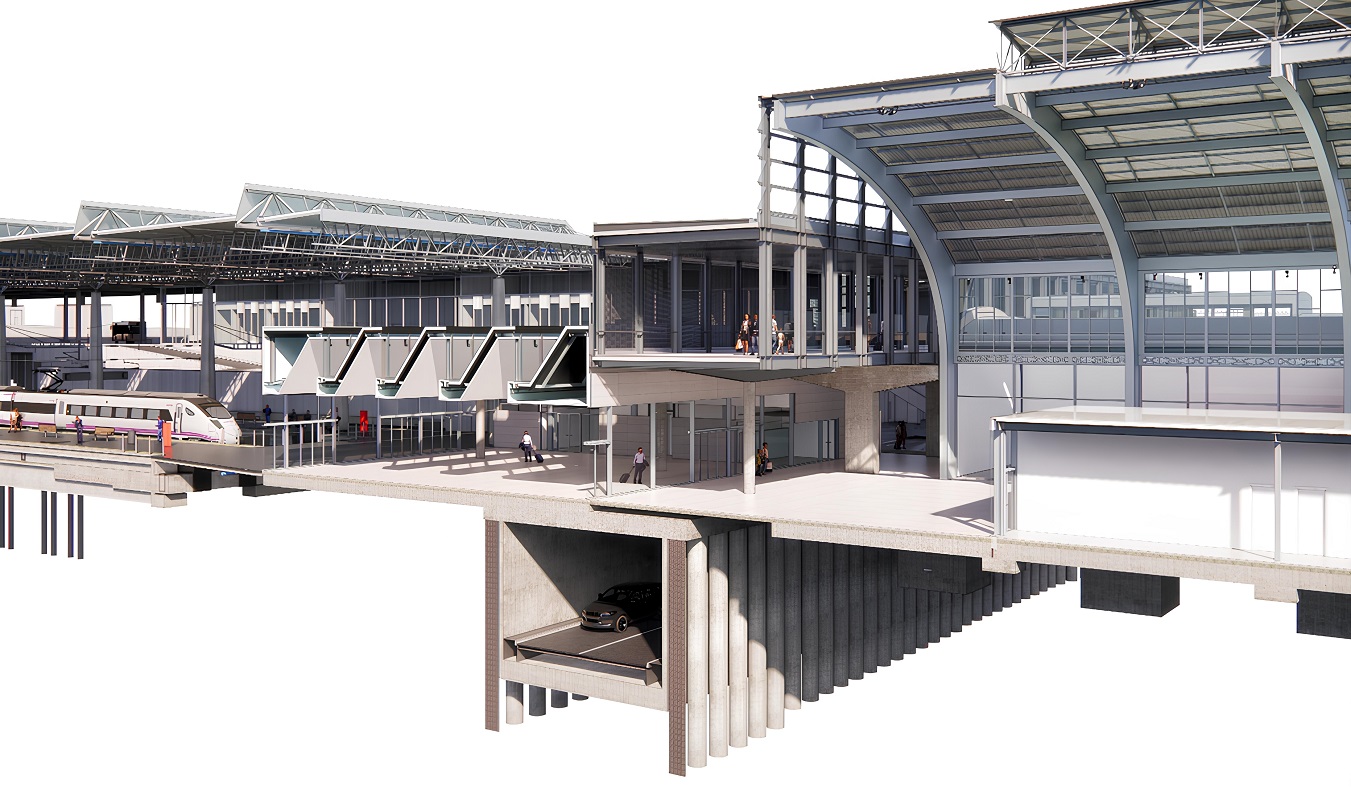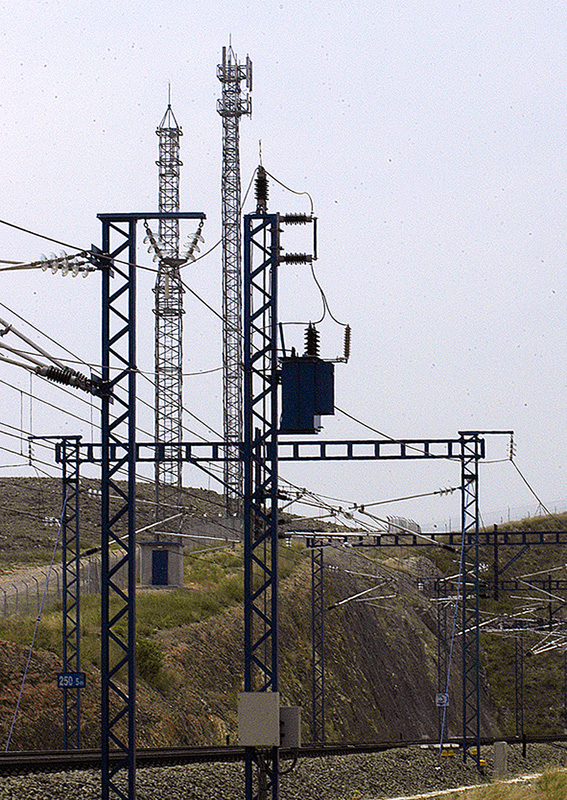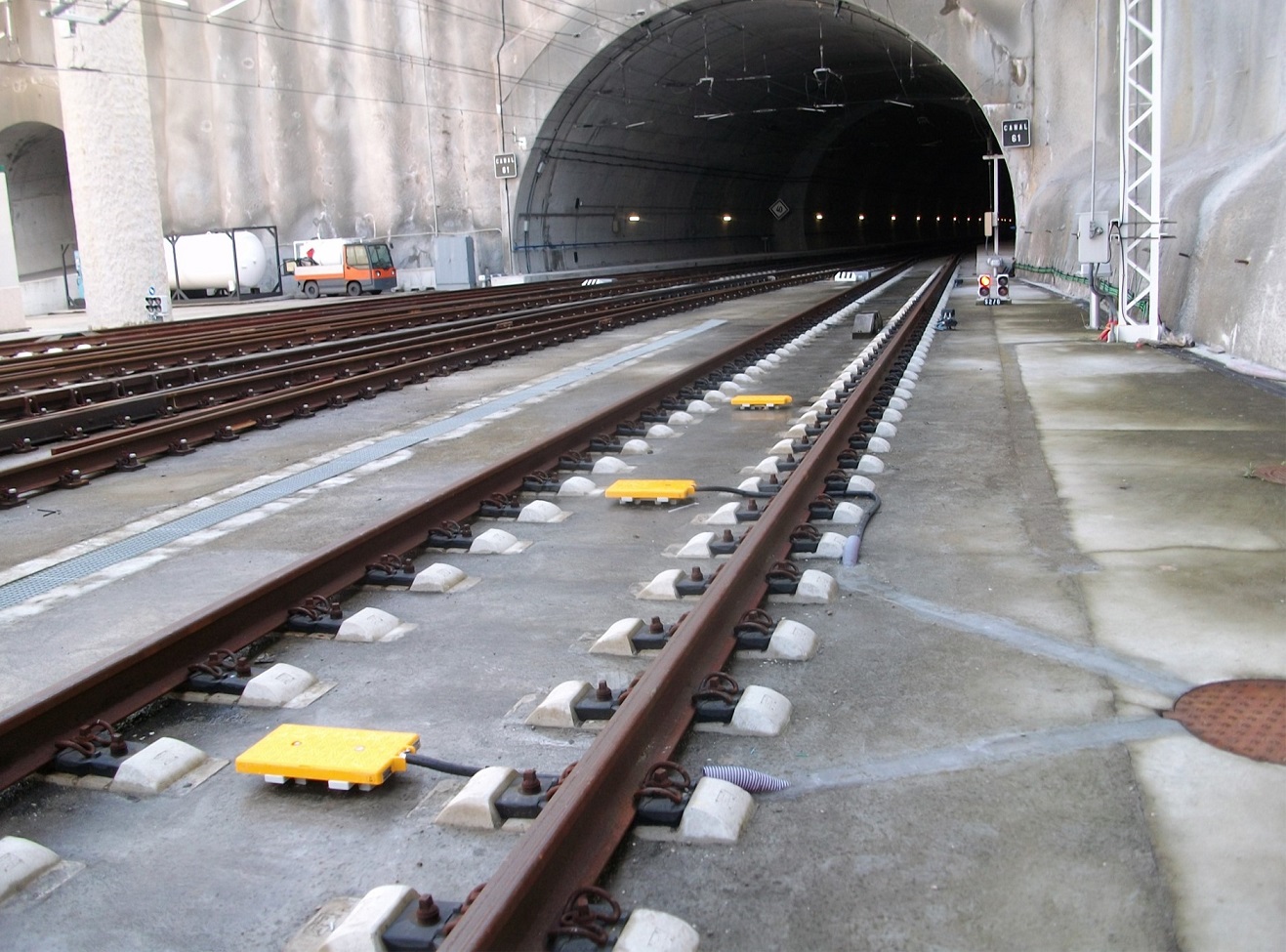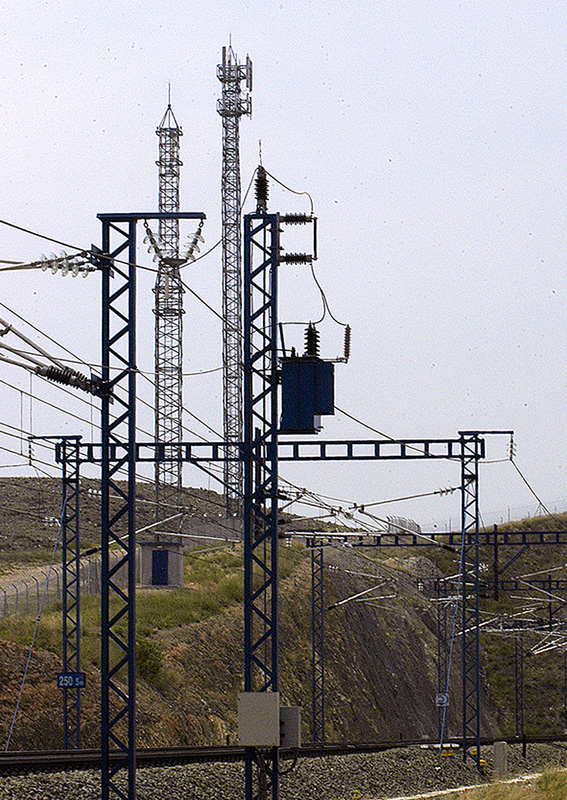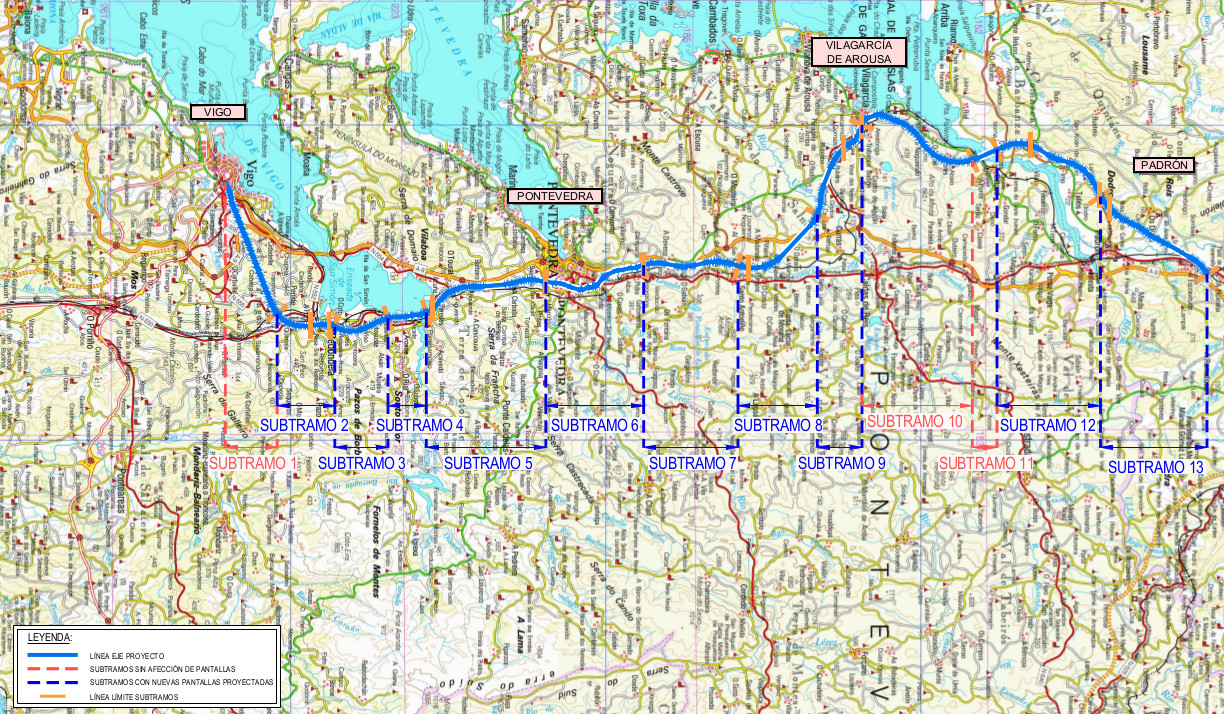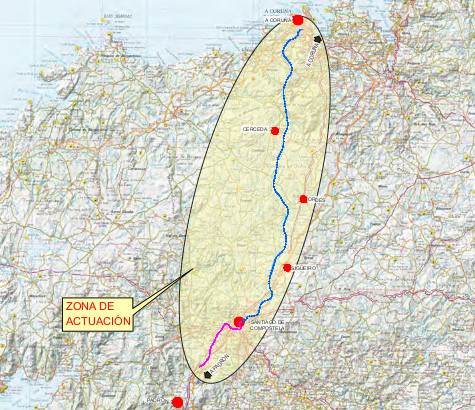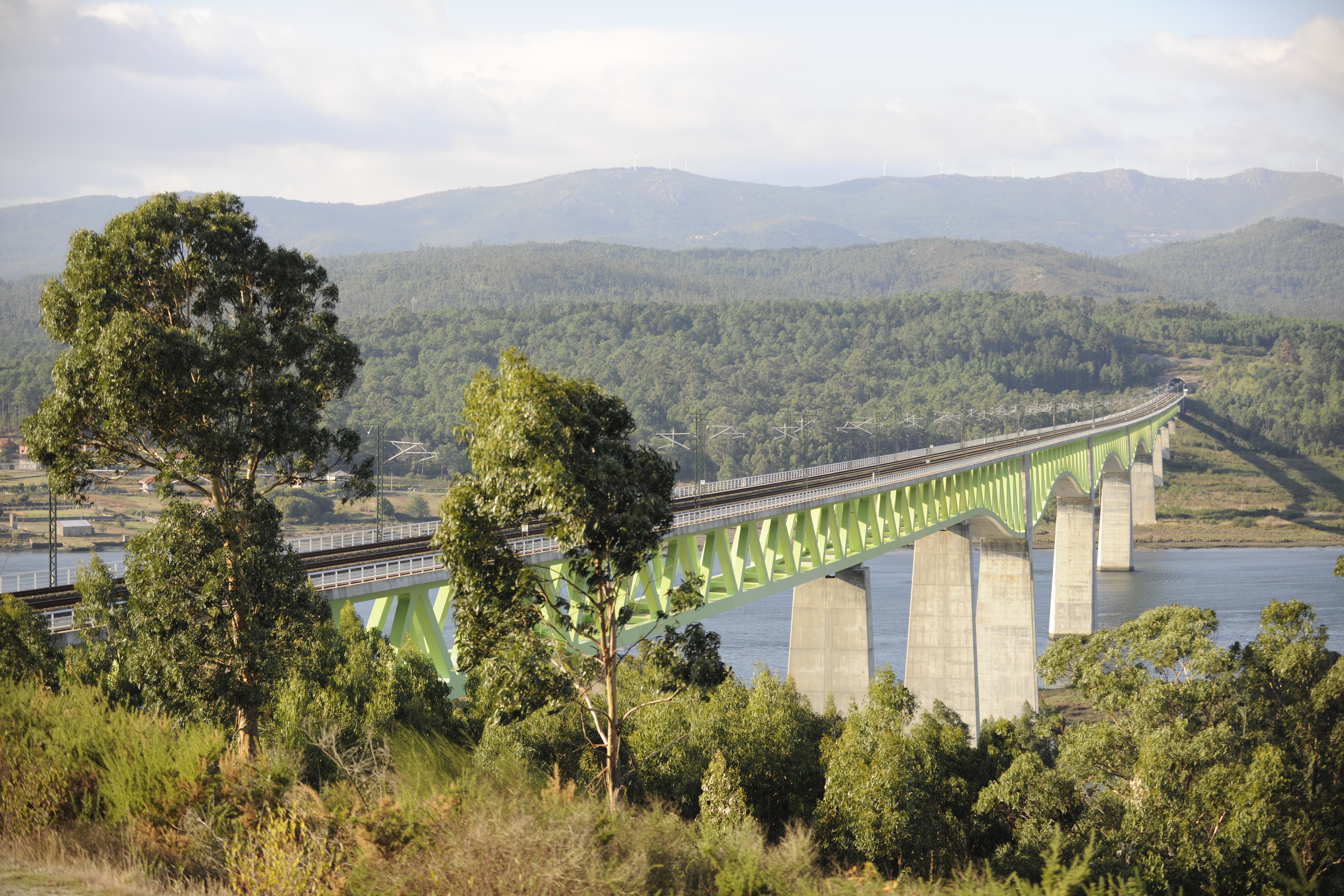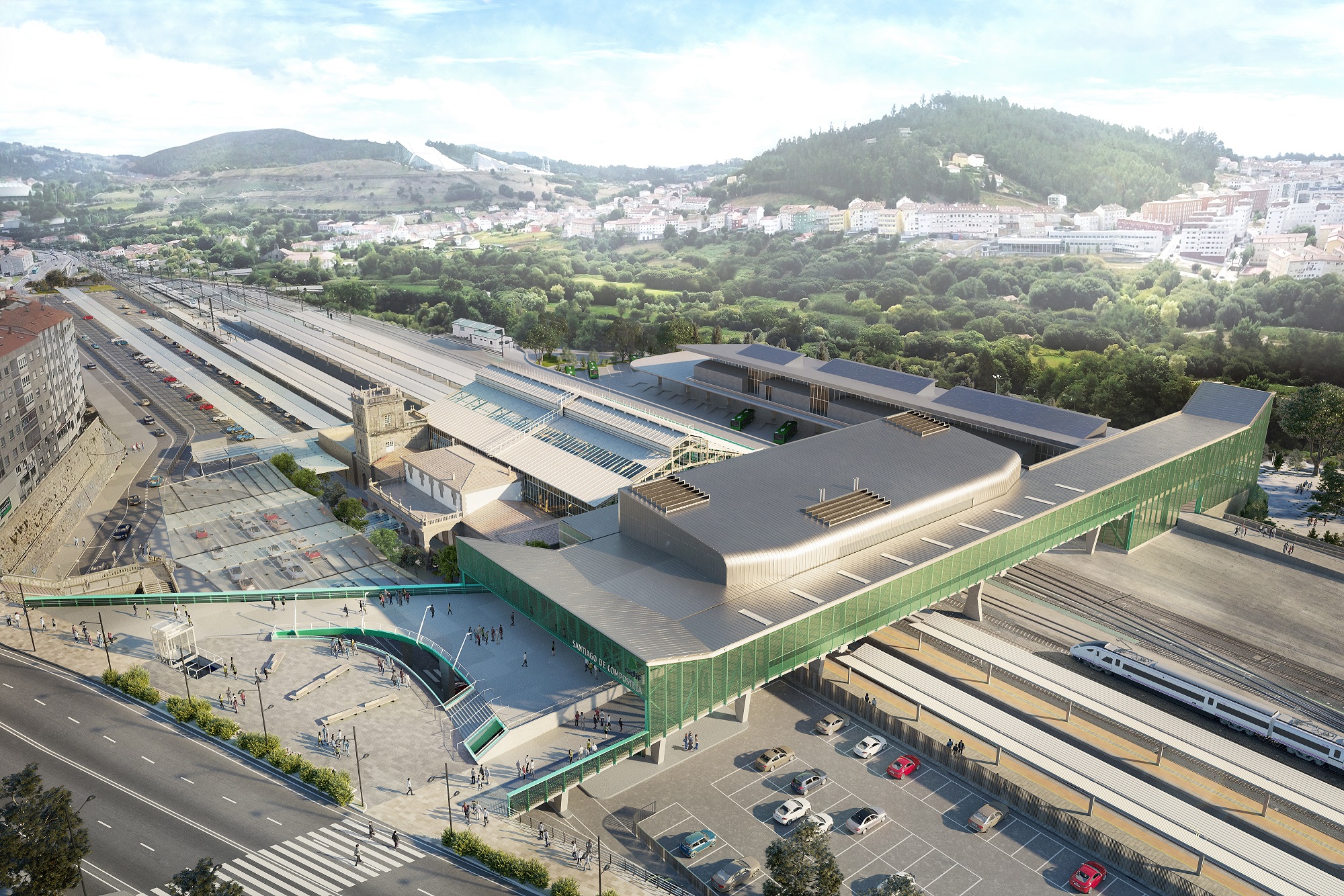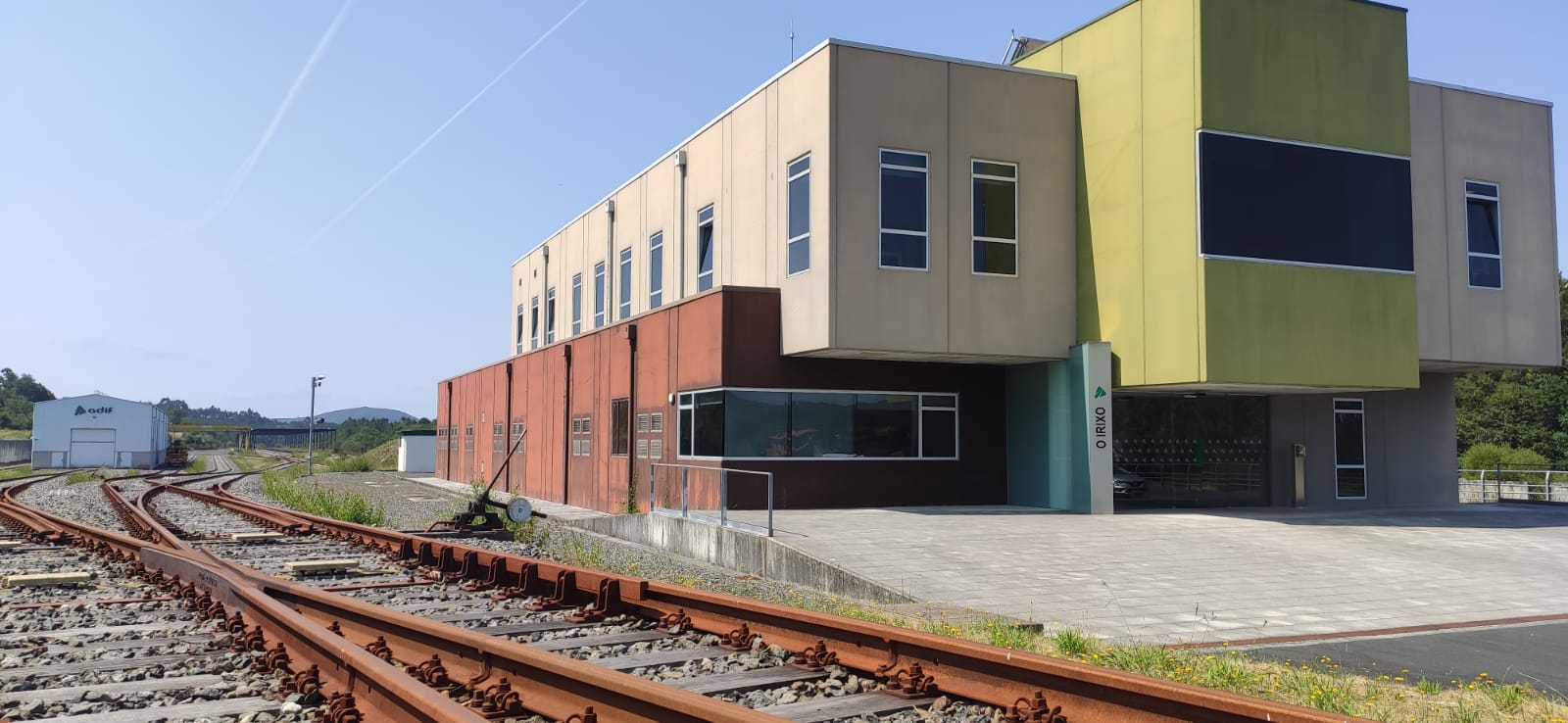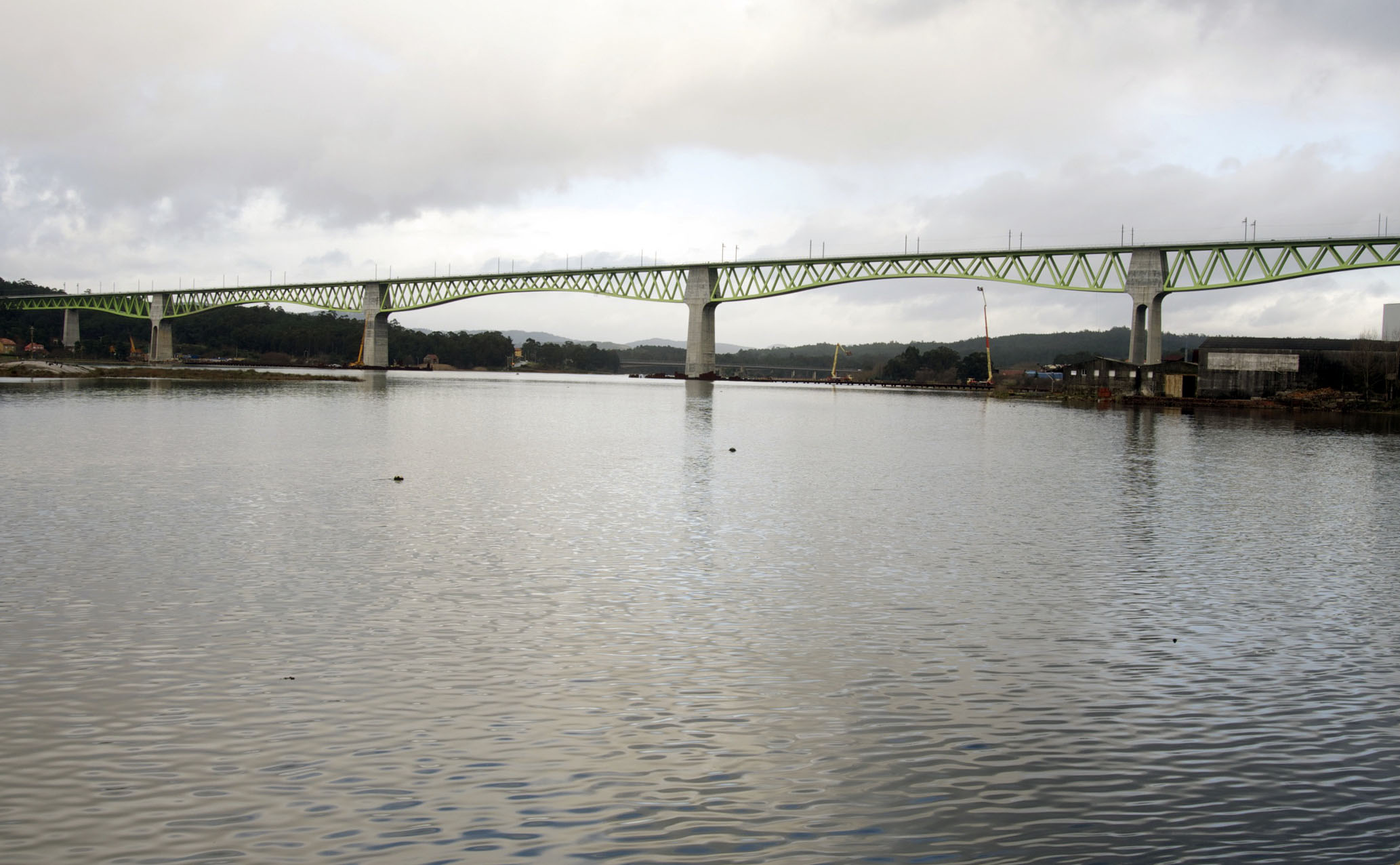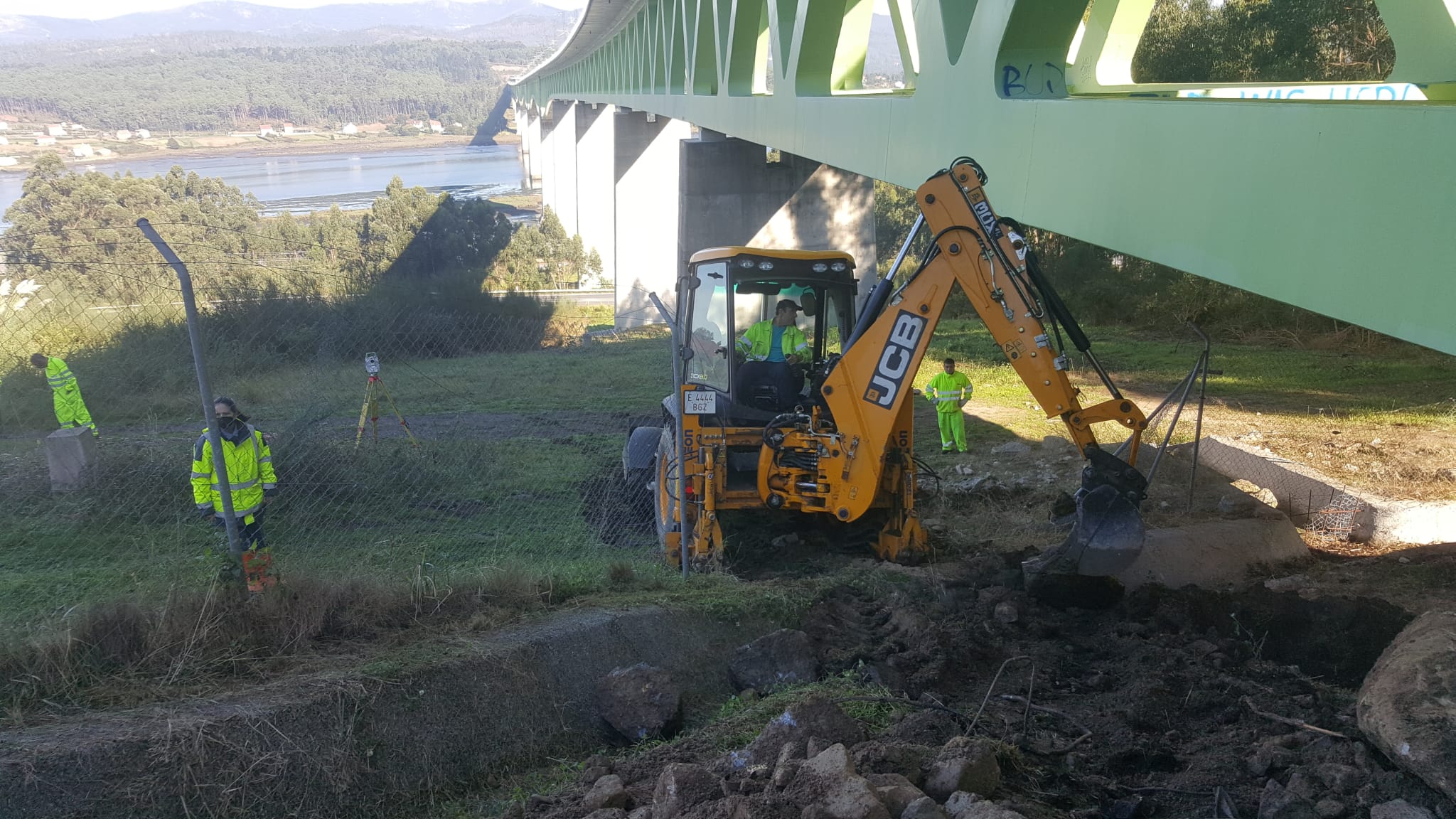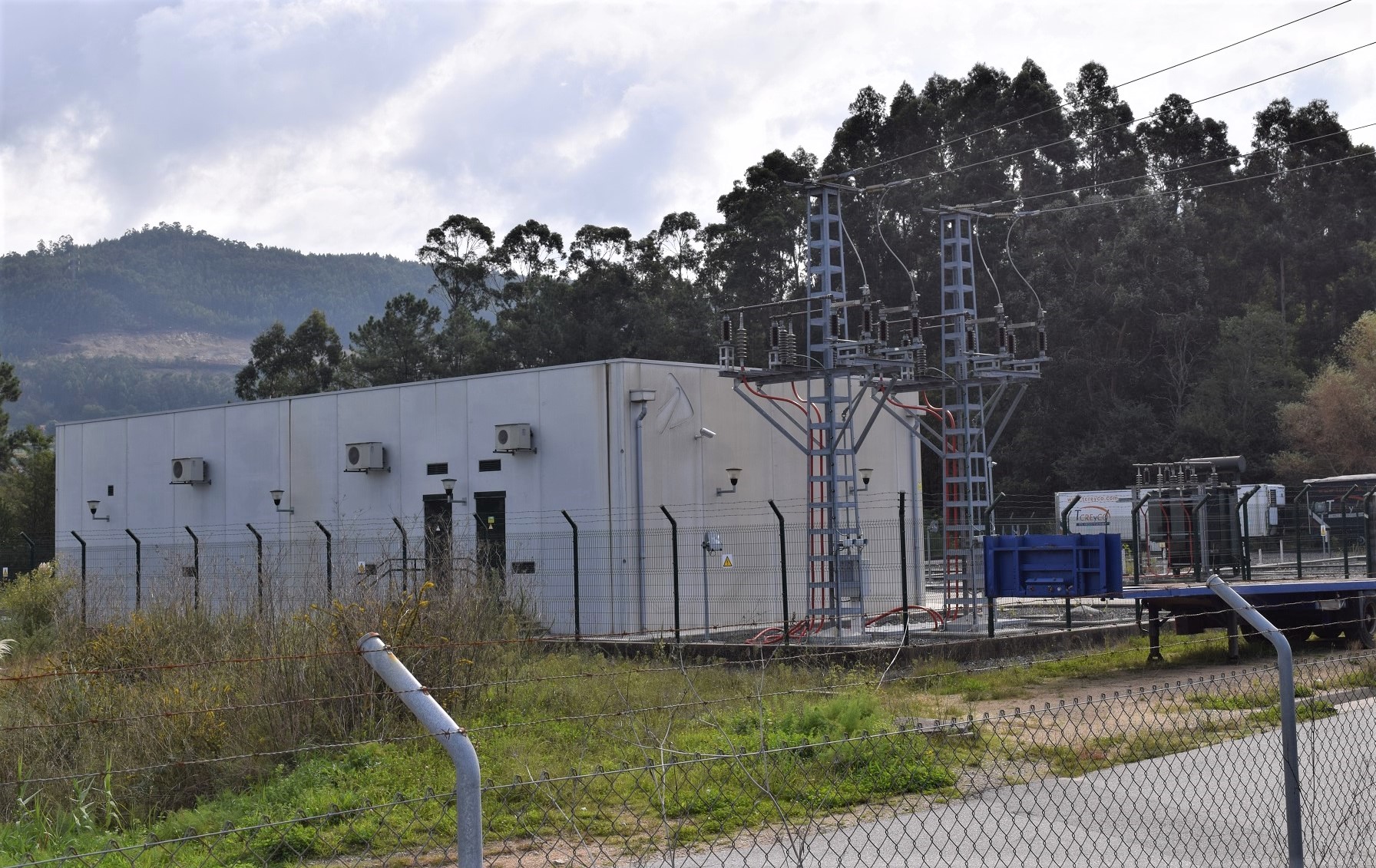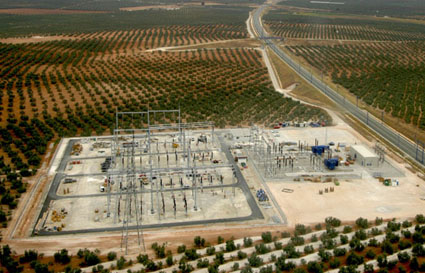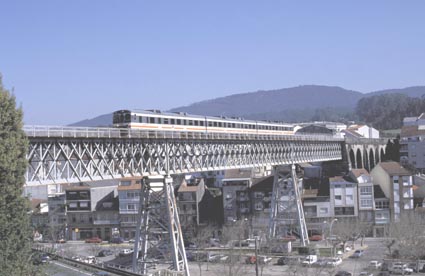Atlantic Corridor
Galicia from North to South
Galicia from North to South
The distance between Vigo and A Coruña has been shortened by 21.8 km. In December 2009, the route for diesel traction trains between Santiago and A Coruña (61.7 km) came into service. Later on, in December 2011, this section was electrified and then connected with and included in the new Ourense-Santiago-A Coruña line.
European Funding
"A way to make Europe"
Infrastructure
Como singularidad, en primer lugar se construyó la plataforma sin electrificar y en ancho ibérico (1.668 mm), con traviesas polivalentes. Este tipo de ancho permite, por ejemplo, el acceso de los trenes de mercancías a los puertos gallegos. Los diferentes tramos se han puesto en servicio a medida que han ido finalizando las obras y han sido recorridos por trenes diesel a 160 km/h. Con posterioridad, se produjo la electrificación, pasando entonces la velocidad máxima posible de 160 km/h a 250 km/h. La última fase prevista será la adaptación de todo el eje al ancho UIC (1.435 mm).
Así, el tramo A Coruña-Vigo cuenta con 37 túneles, que suman una longitud global de 59,2 km, un 38% del recorrido total. En el tramo Vigo-Santiago se ubican otros 24 túneles, con una longitud global de 39,7 km (el 33% del total).
Asimismo, la línea tiene 32 viaductos que suman una longitud de 14,9 km (un 9,5% de la longitud total). El tramo Vigo-Santiago cuenta con 24 viaductos, con 12,2 km de longitud (un 13% del total). El más largo es el del Sar (2.411 m), pero seguramente el más emblemático es el del Ulla (1.620 m), que ostenta un récord mundial de luz (anchura entre pilares) para puentes ferroviarios metálicos, con sus 240 m., superando los 208 m del puente de Nautenbach (Alemania)
This 1,621.5 m viaduct crosses the Ulla River near its estuary. It has 11 piers that support the metallic structure, located at a height of 60 metres over the river. Because of the complexity of the deck's metal structure, with more than 20,000 tonnes of steel and pieces with edges measuring up to 17.5 m, an execution control system was developed that is pioneering in Spain. This viaduct was awarded the "San Telmo 2015" prize and was an Outstanding Structure Award 2016 finalist, recognised by the Association for Bridge and Structural Engineering (IABSE).
Stations
The station, with a surface area of 1,330 m2, has all the necessary services for the traveller, a café and shops, and access to the definitive gates and platforms.
This Corridor combines refurbished stations with other newly-built ones:
- A Coruña - Refurbished
- Uxes -Refurbished
- Cerceda-Meirama - New construction
- Ordes - New construction
- Santiago de Compostela - Refurbished
- Padrón-Barbanza - New construction
- Villagarcía de Arousa - Refurbished
- Pontevedra - Refurbished
- Arcade Halt - Refurbished
- High Speed Round - New construction
- Vigo-Urzáiz - New construction


